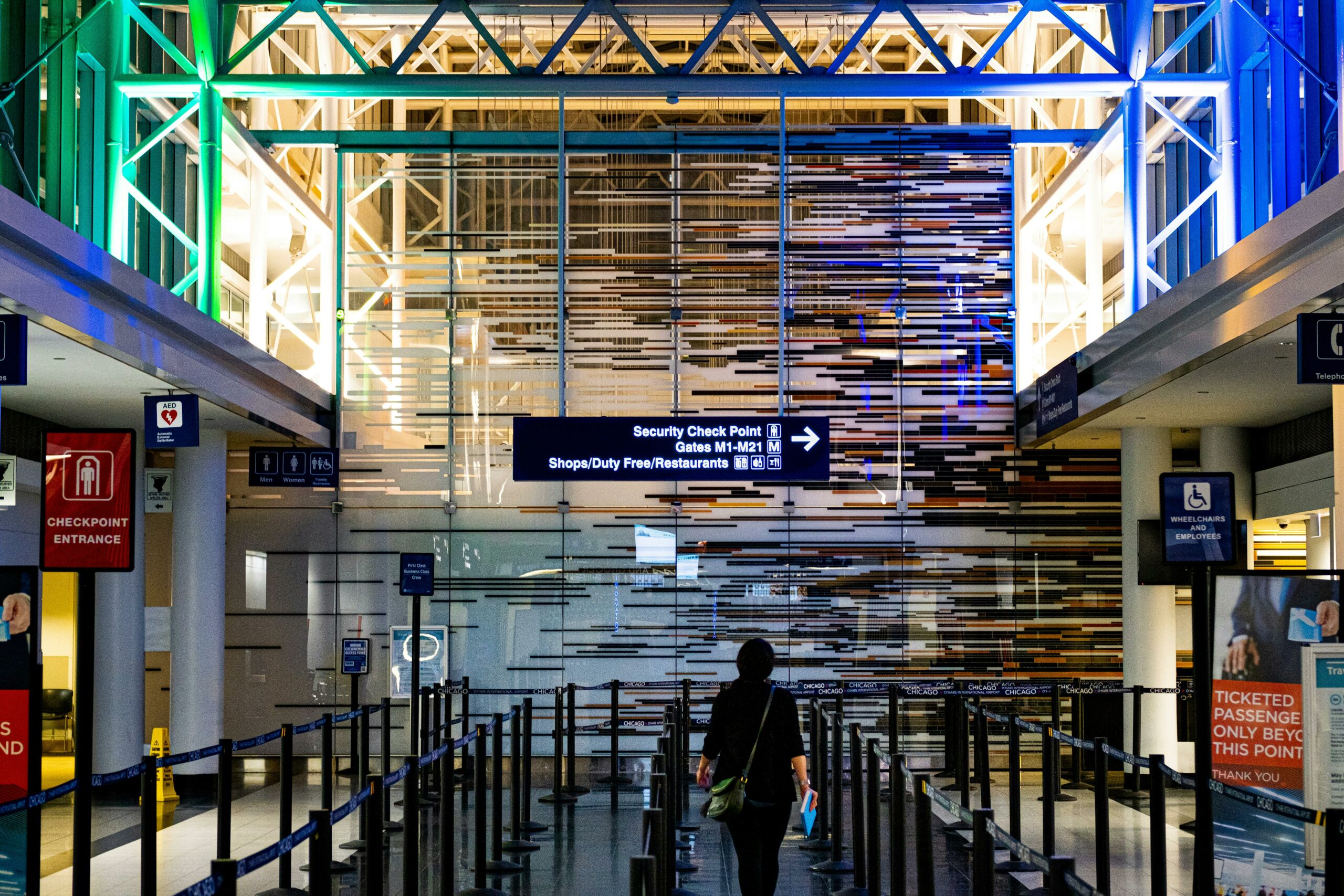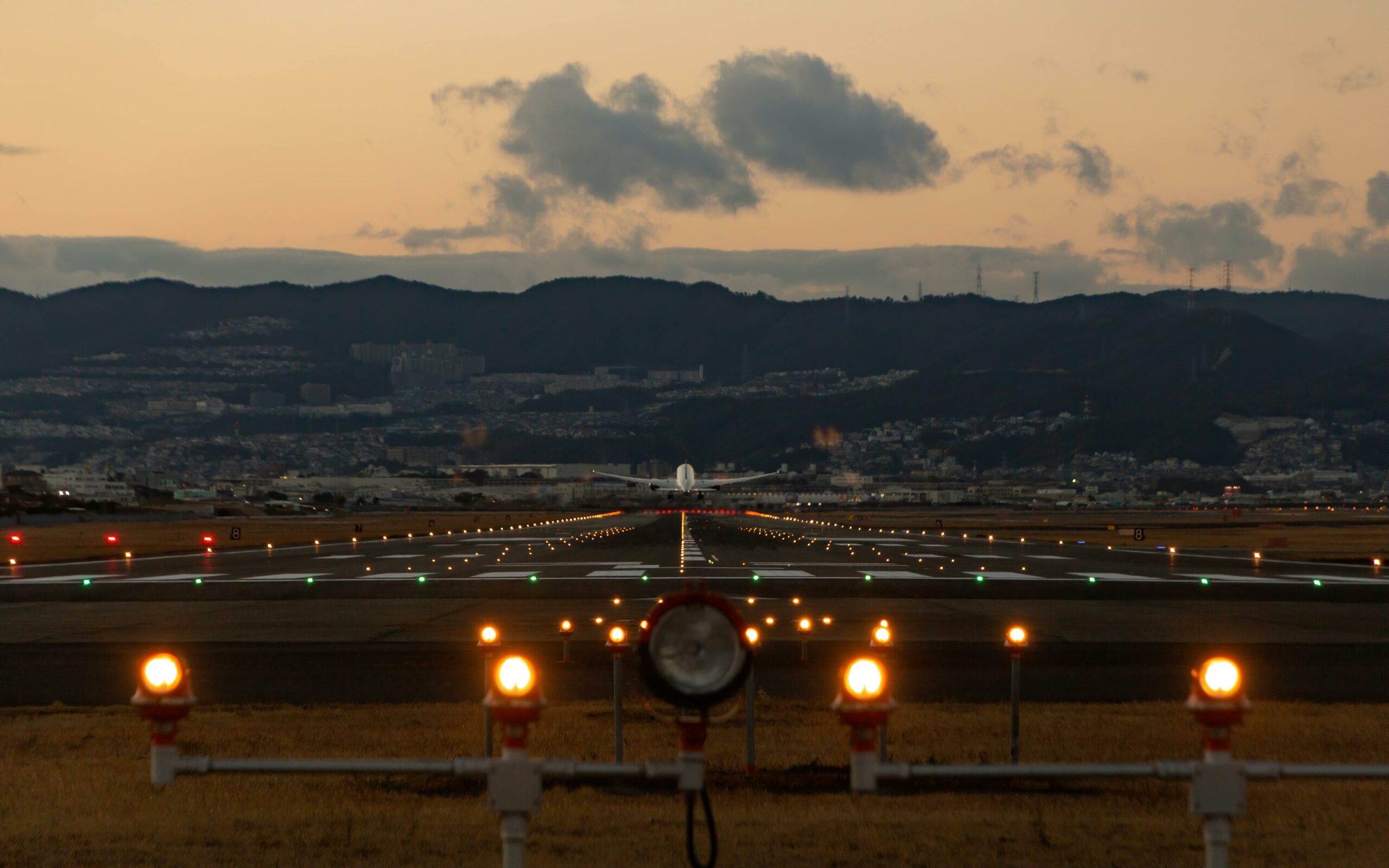How Airplane Seats Impact Comfort and Health: A Comprehensive Analysis
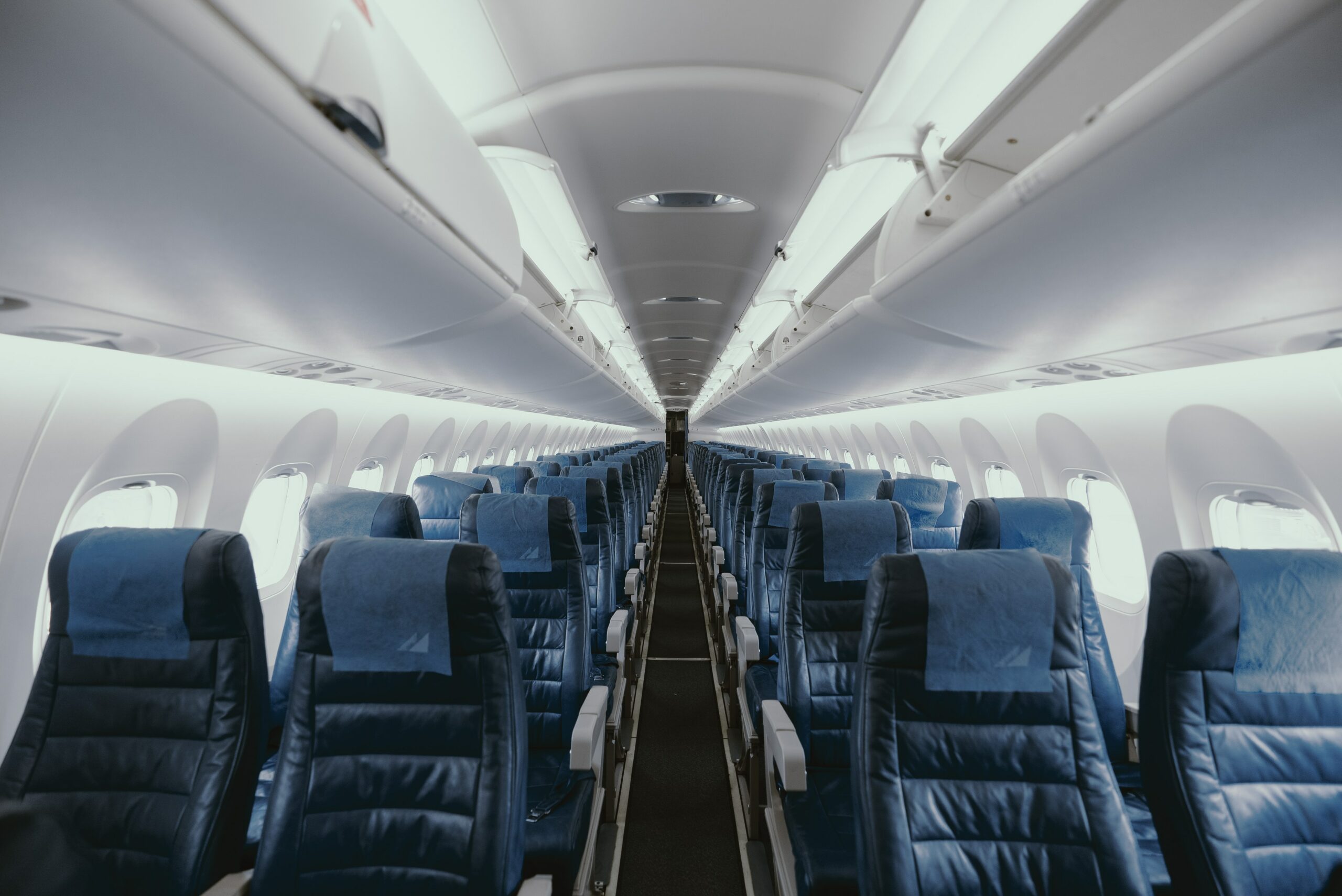
Air travel has become a common mode of transportation for many people around the world. However, the comfort and health of passengers during long flights have become a growing concern. One of the most significant factors affecting comfort and health during air travel is the seating arrangement.
The design of airplane seats plays a crucial role in determining the level of comfort and health of passengers. The seats’ size, shape, and spacing can significantly impact passengers’ comfort, especially during long-haul flights. Additionally, the seats’ design can also affect passengers’ health, particularly their back, neck, and leg muscles. Therefore, understanding how different seating arrangements affect comfort and health is essential to ensure a pleasant and safe flight experience.
Despite the importance of airplane seating, many airlines prioritize maximizing profits over passenger comfort. This has led to the introduction of smaller, more cramped seats, leaving passengers with limited legroom and space. As a result, passengers may experience discomfort, muscle strain, and even blood clots during long flights. This article explores the impact of airplane seats on passengers’ comfort and health, providing insights into the best seating arrangements for a comfortable and healthy flight experience.
The Importance of Airplane Seats
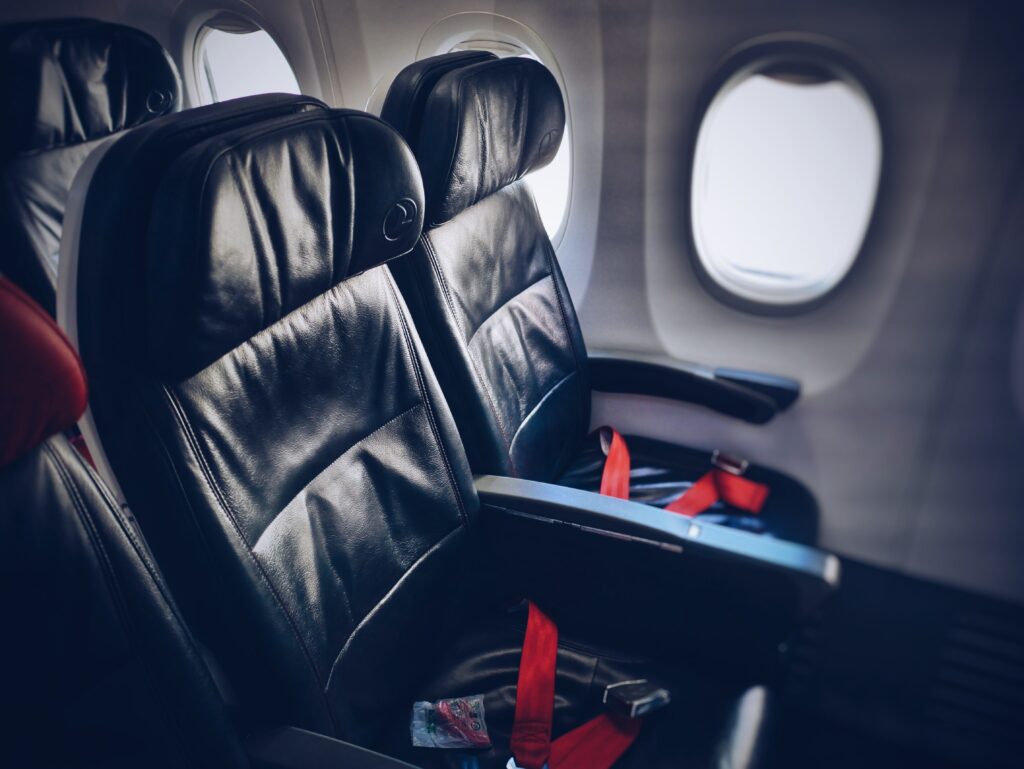
Airplane seats play a crucial role in determining the level of comfort and health of passengers during a flight. With the average flight time increasing every year, passengers are spending more time in their seats than ever before. It is, therefore, essential that airlines pay attention to the design and quality of their seats to ensure the comfort and well-being of their passengers.
The design of an airplane seat can significantly impact a passenger’s comfort perception. A comfortable seat should provide adequate support to the back, neck, and head, and have enough legroom to allow passengers to stretch their legs. The seat’s width should also be sufficient to accommodate the passenger’s body size. A poorly designed seat can cause discomfort, pain, and even injuries, such as deep vein thrombosis.
Passenger comfort is not only important for the passengers themselves but also for the airline. A comfortable passenger is more likely to have a positive experience and, therefore, more likely to fly with the same airline again. In contrast, a passenger who experiences discomfort is more likely to choose a different airline for their next flight.
In addition to comfort, airplane seats can also impact a passenger’s health. Poorly designed seats can cause fatigue, muscle stiffness, and even sleep deprivation. These factors can lead to decreased performance, which can be particularly concerning for business travelers.
In conclusion, airplane seats play a vital role in ensuring the comfort and health of passengers during a flight. Airlines need to pay attention to the design and quality of their seats to provide a positive flying experience for their passengers and ensure their long-term loyalty.
Airplane Seat Design and Material
Airplane seat design and material play a significant role in determining the comfort and health of passengers during a flight. The materials used in the construction of airplane seats vary from one airline to another. However, most seats are made of materials such as leather, vinyl, or fabric. These materials have different properties that affect the comfort of passengers during a flight.
The characteristics of airplane seats also play a significant role in determining passenger comfort. The width of the seat, the amount of legroom, and the recline angle are some of the key characteristics that can impact passenger comfort. Seats with more legroom and a wider width tend to be more comfortable for passengers, especially during long flights. Additionally, seats that can recline further provide passengers with more options for comfortable seating positions.
Ergonomic design is another critical factor that impacts the comfort and health of passengers during a flight. Ergonomic seats are designed to provide support to the body, reducing the risk of discomfort and injury. Such seats are designed to promote proper posture and reduce pressure points, which can cause pain and discomfort. Additionally, ergonomic seats are designed to provide support to the neck and head, reducing the risk of neck pain and stiffness.
In conclusion, airplane seat design and material play a crucial role in determining passenger comfort and health during a flight. Airlines should consider using materials that are comfortable and durable, while also investing in ergonomic seat design to promote passenger well-being.
Dimensions and Space
The dimensions and space of airplane seats play a crucial role in determining the comfort and health of passengers during a flight. The space available to passengers is determined by the seat pitch and legroom, and the width of the seat.
Seat pitch refers to the distance between the back of one seat and the back of the seat in front of it. Legroom, on the other hand, is the distance between the front edge of the seat and the back of the seat in front of it. Both of these factors are important in determining the amount of space available to a passenger.
Seat width is also an important factor in determining passenger comfort. A wider seat provides more space for the passenger, which can help reduce discomfort during long flights. However, wider seats may also reduce the number of seats that can be placed in an airplane cabin, which can impact the profitability of airlines.
Overall, the dimensions and space of airplane seats are important considerations for passengers when choosing their seats. Airlines should strive to provide adequate space and comfortable seating to ensure the well-being of their passengers.
Health Risks and Comfort Issues
Airplane seats can have a significant impact on both comfort and health. While flying, passengers are often seated for extended periods of time, which can lead to various health risks and discomfort issues.
One of the most well-known health risks associated with flying is deep vein thrombosis (DVT). DVT occurs when a blood clot forms in a deep vein, typically in the legs. Sitting in a cramped airplane seat for an extended period of time can increase the risk of developing DVT. To reduce this risk, passengers are advised to move around the cabin, stretch their legs, and stay hydrated.
In addition to DVT, airplane seats can also cause musculoskeletal discomfort. Sitting in a seat that does not provide adequate support can lead to pain in the back, neck, and shoulders. This discomfort can be exacerbated by poor posture and lack of movement during the flight.
Physical discomfort is also a common issue associated with airplane seats. Seats that are too narrow or have limited legroom can cause discomfort and even pain. Additionally, the lack of personal space can lead to feelings of claustrophobia and anxiety.
Certain disorders can also be affected by airplane seats. For example, individuals with respiratory issues may struggle to breathe in the dry, recycled air of an airplane cabin. Passengers with circulatory disorders may experience swelling in their legs and feet due to the prolonged sitting.
Overall, airplane seats can have a significant impact on both comfort and health. Passengers should take steps to reduce their risk of health issues and discomfort by staying hydrated, moving around the cabin, and choosing seats that provide adequate support.
Physical Activity and In-Seat Movement
Physical activity is essential for maintaining good health, and it is particularly important during long flights. However, airplane seats can make it difficult for passengers to move around and exercise. In-seat movement is a viable alternative to traditional exercise, and it can help alleviate some of the negative effects of sitting for extended periods.
In-seat exercising is a type of physical activity that can be done while sitting in an airplane seat. It involves small, low-impact movements that can help improve circulation and prevent stiffness. Some examples of in-seat exercises include ankle circles, leg lifts, and shoulder rolls. These exercises can be done discreetly and without disturbing other passengers.
Active seating is another way to promote physical activity during flights. Active seating involves using specially designed seats that encourage movement and engagement of core muscles. These seats can help prevent back pain and discomfort caused by prolonged sitting.
Passengers should also take advantage of opportunities to stand up and walk around the cabin during flights. This can help improve circulation and prevent blood clots, which can be a serious health risk during long flights. Additionally, passengers should avoid crossing their legs and try to maintain good posture while seated.
Overall, physical activity and in-seat movement are essential for maintaining comfort and health during long flights. Passengers should take advantage of opportunities to move around and exercise, even if it means doing so discreetly while seated. Active seating can also be a useful tool for promoting movement and preventing discomfort.
Perception of Comfort and Discomfort
When it comes to airplane seats, the perception of comfort and discomfort is subjective and can vary greatly from person to person. What one passenger may find comfortable, another may find uncomfortable.
The comfort experience is affected by several factors, including the seat size, pitch, and padding. A seat that is too small or lacks proper padding can cause discomfort and pain, while a seat with ample space and cushioning can enhance comfort and reduce the risk of developing pressure sores.
Subjective discomfort can also be influenced by factors such as the passenger’s physical condition, body size, and personal preferences. For example, a passenger with a history of back pain may experience discomfort in seats that do not provide adequate lumbar support. Similarly, a taller passenger may find it difficult to sit comfortably in seats with limited legroom.
Discomfort perception can also be influenced by the duration of the flight and the passenger’s level of fatigue. A passenger who is well-rested and flying on a short flight may not experience discomfort, while a passenger who is fatigued and flying on a long-haul flight may experience discomfort more acutely.
Overall, the perception of comfort and discomfort in airplane seats is highly subjective and can be influenced by a range of factors. Airlines and seat manufacturers must take into account the varying needs and preferences of passengers to provide a comfortable and safe flying experience.
Demographic Factors Impacting Comfort
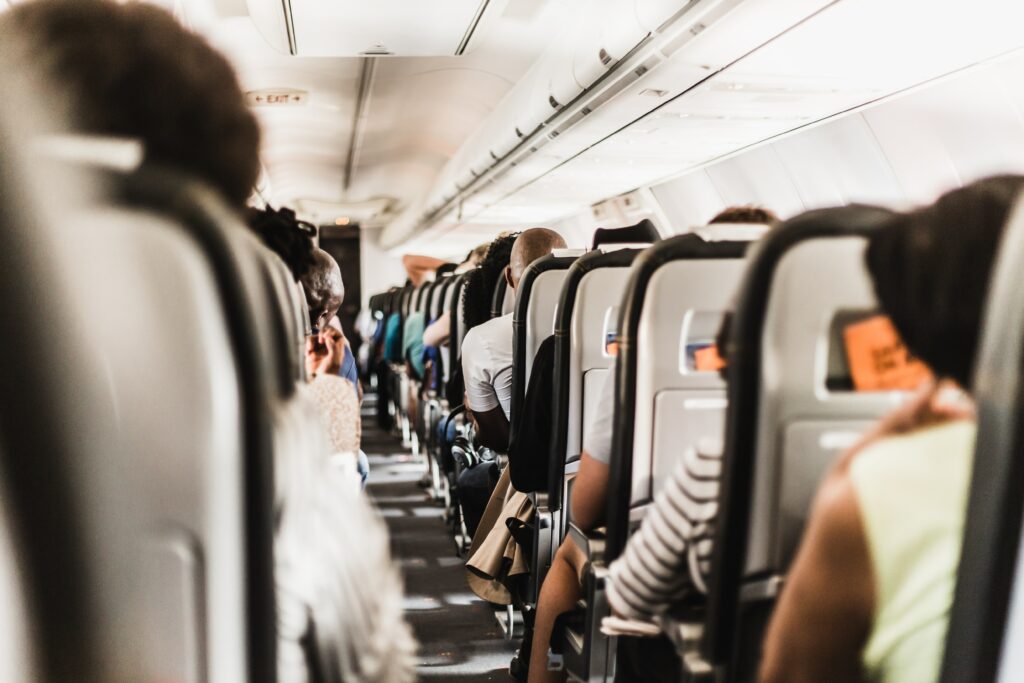
Age, obesity, and gender are some of the demographic factors that can impact the comfort of passengers while flying.
Age can play a significant role in determining the level of comfort a passenger experiences during a flight. Older passengers may experience discomfort due to the limited mobility and flexibility that comes with age. This can make it difficult for them to sit in cramped airplane seats for extended periods. Additionally, older passengers may be more susceptible to conditions such as deep vein thrombosis (DVT) due to reduced blood circulation, which can be exacerbated by sitting in one position for too long.
Obesity is another factor that can impact passenger comfort. Overweight passengers may find it difficult to fit comfortably in narrow airplane seats, which can lead to discomfort, pain, and even potential health issues. Airlines have responded to this issue by offering larger seats or charging extra for additional space.
Gender can also play a role in passenger comfort. Women, in particular, may experience discomfort due to the design of airplane seats. Many seats are designed for the average male body, which can make it difficult for women to find a comfortable position. Additionally, women may experience discomfort due to the design of airplane lavatories, which are often too small to accommodate their needs.
Overall, demographic factors such as age, obesity, and gender can impact passenger comfort during a flight. Airlines must take these factors into consideration when designing seats and accommodating passengers to ensure a comfortable and safe flying experience for all.
Regulations and Standards
Airplane seats are subject to various regulations and standards to ensure passenger safety and comfort. International law and mandatory regulations govern the design, manufacture, and installation of airplane seats.
The International Civil Aviation Organization (ICAO) sets standards and recommended practices for safety, security, and environmental protection in civil aviation. The ICAO recommends that airplane seats be designed and installed to minimize injury to passengers during an accident or emergency landing.
In addition to the ICAO, civil aviation authorities in different countries have their own regulations and standards for airplane seats. For example, the Federal Aviation Administration (FAA) in the United States sets standards for seat design, testing, and certification. The European Aviation Safety Agency (EASA) sets similar standards for the European Union.
One of the most important regulations for airplane seats is the minimum amount of space between seats, known as seat pitch. The FAA mandates a minimum seat pitch of 28 inches for most airplanes, while some low-cost carriers have seat pitches as low as 28 inches. The EASA requires a minimum seat pitch of 29 inches for short flights and 30 inches for longer flights.
Other regulations and standards for airplane seats include the type and strength of materials used, the design of seat belts and harnesses, and the size and placement of armrests and tray tables. Airlines must comply with these regulations and standards to ensure passenger safety and comfort.
Overall, regulations and standards play a crucial role in ensuring that airplane seats are safe and comfortable for passengers. While some passengers may feel that seat pitch and other regulations are too restrictive, they are in place to protect passengers in case of an emergency and to ensure that all passengers have a comfortable flight experience.
Future Trends in Airplane Seating
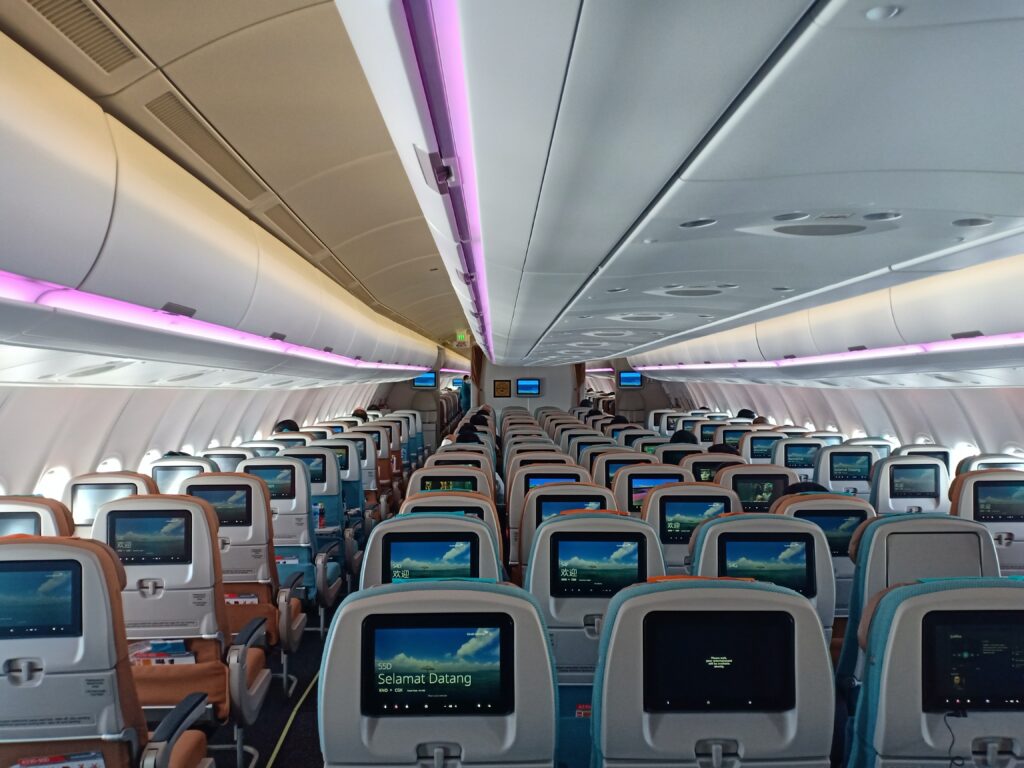
As technology continues to advance, the future of airplane seating is looking brighter than ever. One of the most exciting developments is the rise of interactive seating systems, which allow passengers to adjust their seats with the touch of a button. This technology is already in use in some first-class cabins, but it is expected to become more widespread in the coming years.
Another trend that is gaining popularity is the use of active seating systems. These seats are designed to move with the passenger’s body, providing support and reducing the risk of back pain. They also help to improve blood flow and reduce the risk of deep vein thrombosis, which is a common problem on long-haul flights.
In addition to these technological advancements, airlines are also exploring new seating configurations that could improve passenger comfort. For example, some airlines are considering the use of staggered seating, which would provide more legroom and personal space for each passenger.
